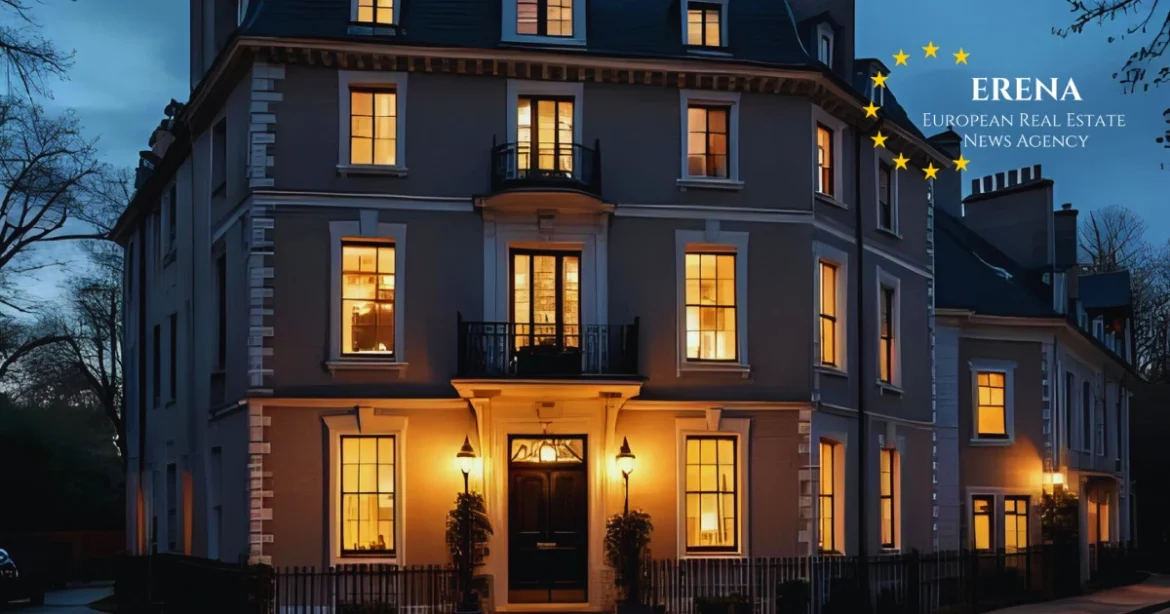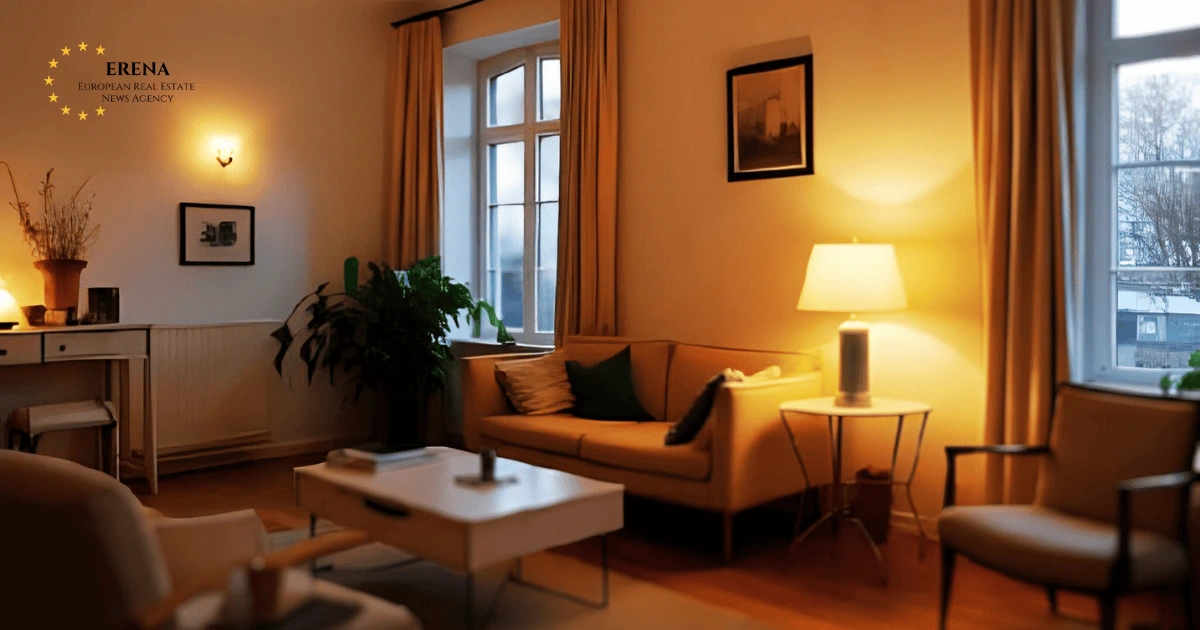Europe’s old houses are learning new tricks. A prominent change is underway throughout the continent, as structures once serving coal stoves and hand-operated switches are becoming part of a larger digital transformation. Across the world — and especially in Europe — smart technology is being integrated into older existing buildings established long before Wi-Fi became part of everyday life.
A Continent Built on History
Europe’s homes are some of the oldest in the world. Building new structures would replace more than eighty-five percent of the current housing stock, while reducing gas use and emissions that account for more than a third of Europe’s energy consumption. In the European Union, traditional construction projects have heavily relied on environmental and fuel resources, making them the largest source of emissions and energy dependency worldwide.
For years, renovations meant workers tearing down walls, rewiring ducts and heating systems, and replacing old boilers. Today, the change is far quieter. The Smart Retrofit Revolution upgrades existing homes with intelligent technology without altering their historic character or design.
From Drafty to Data-Driven
Momentum has shifted with the introduction of new wireless standards. These smart devices can easily communicate with one another, and homes no longer need to be rewired for this to happen.
“This process was not only demanding but expensive when turning a 1950s apartment into a smart home in the past,” detailed Markus Weber, an energy consultant from Munich. “Converting homes to smart homes is now a technically simple process thanks to Wi-Fi hubs and affordable sensor systems.”
Thousands of older buildings are connecting to the digital world for better urban experiences. The European smart-home market has exceeded €27 billion, as intelligent retrofits have shown rapid growth alongside traditional construction.
Small Devices, Big Impact
A family living in a 19th-century Haussmann building in Paris replaced their old radiator knobs with smart controllers. In Milan, a 1920s home now uses a thermostat that learns household patterns in advance, preheating the space by the time residents return.
Modern smart homes are equipped with networking standards that allow for energy monitoring, automated lighting, and other advanced features. For a modest investment of up to €1,500, compact upgrades such as new radiators or insulation can save between 10 % and 25 % on heating bills — and even pay for themselves.
When Heritage Meets High Tech
In historic buildings across Prague and Budapest, owners are finding less invasive techniques to modernize without damaging heritage structures. The most effective upgrades often involve battery-powered switches, low-adhesive sensors, and no-neutral wiring components.
More experts are identifying smart retrofits as a safety net. To prevent damage to original floors and plasterwork, newly developed systems can now track temperature and humidity changes.
“I believe that smart doesn’t always have to be futuristic,” says Viennese architect Anna Schmid. “True intelligence is achieved when old houses adapt seamlessly to modern needs.”
Financing the Smart Transition
Across Europe, governments are working to modernize existing homes. Germany, with its “Smart Home” loan, and France, with adequately managed digital energy-management systems, are promoting balance between sustainability and innovation. Italians are increasingly using smart devices to monitor energy use. Together, these incentives make smart retrofits financially sustainable and beneficial for all parties.
The Numbers Behind the Shift
Across Europe, the retrofit wave is accelerating. Renovations typically cost between €450 and €2,800, depending on house size and equipment. Savings of 15–30 % in heating and up to 40 % in lighting have been recorded.
By 2030, the European Union has committed €275 billion to helping homeowners upgrade their properties, aiming for 35 million homes to be renovated by the end of the decade.
Within eight years, analysts predict that more than 40 % of European households will have smart air-conditioning or heating controls. A new wave of change is sweeping the continent — a chance to preserve the past while thriving in the modern era.
Culture Meets Code
The history in an old home goes beyond the walls themselves. Towering above cities across Europe, these buildings reflect the continent’s fabled heritage — now merging progress with preservation.
Modern sensors can detect and prevent issues before they occur, protecting valuable assets. Smart home devices automatically enhance efficiency and optimize comfort daily. The goal is to give the past a sustainable future.
The Future Hidden in the Past
The next stage of Europe’s sustainability will not be built from scratch. Within existing structures, history will merge with new technology, shedding outdated habits of a bygone era.
Standards such as Matter 1.3 and the EU’s Smart Readiness Indicator are helping transform historically rich buildings into modern, low-carbon digital homes.
The adaptive process allows history to keep pace with innovation. The new European home will be wiser, perhaps bigger — but not necessarily newer.


